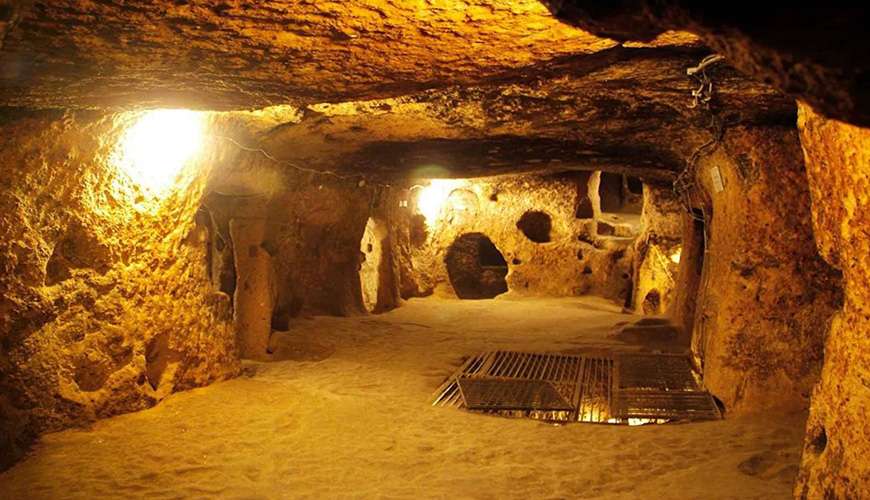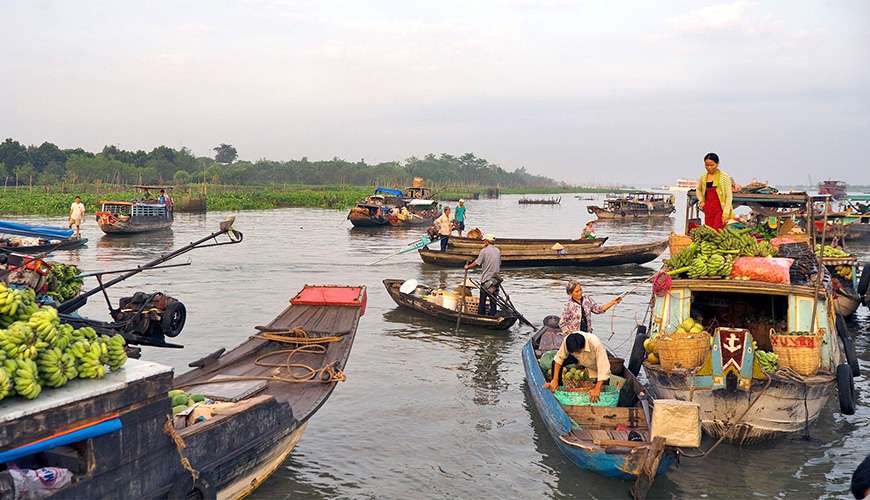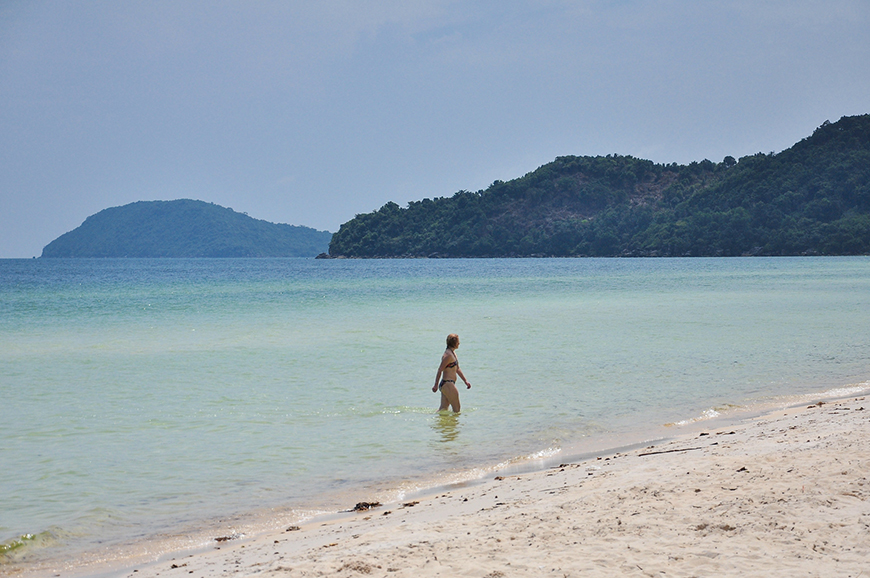Other than the border with Cambodia running northeast from the Gulf of Thailand,
Southern Vietnam is surrounded by the ocean to all sides. The richest and most urbanized of the three regions in the country, it’s dominated by Ho Chi Minh City, the giant metropolis home to more than ten million people.
Historically in the Cambodian sphere of influence, the region was the last to be added to Vietnam, only being annexed in the 18th and 19th centuries by the Nugyen dynasty after the collapse of the Khmer Empire and the slow decline of the Cambodian Kingdom locked in a struggle with the Kingdom of Siam.

The Cu Chi Tunnels, where thousands of Viet Cong and civilians lived during the American War.
Savage fighting took place here between the Viet Cong and American forces, especially in the southern delta region and in the countryside surrounding what was then Saigon, now Ho Chi Minh City. This legacy is apparent from the many war-related attractions, like the sobering Ho Chi Minh War Museum or the ingenious Cu Chi Tunnels.
Like elsewhere in Vietnam, people are kind and friendly, but perhaps even more open than in the North, always being quick to laugh. Due to the many returning Việt Kiều (overseas Vietnamese) wishing to live in the land of their ancestors, there is a bigger western influence here than in the North, but don’t worry, it still feels decidedly Vietnamese and unique.
Much warmer than the North, temperatures here are consistent all year round, averaging between 25 and 35 degrees. There are only two seasons; rainy between May and November (with June-August seeing the heaviest rain) and dry between December and April. In the extreme south at Phu Quoc Island, you can expect sunny days all year round, though interrupted by afternoon showers in the rainy season.

A boat is never far away when in the Mekong Delta.
Ho Chi Minh City is likely to be your first stop in Southern Vietnam, and in this vibrant city there is plenty to do. The legacy of the war can be felt at the War Museum and Cu Chi Tunnels, both unskippable experiences. Walking around taking in the city’s French colonial architecture and visiting markets is also a great way to spend a day. Should you wish for a night out, the nightlife here is lively and dynamic.
Heading out to the coast, beautiful beaches await you in both Vung Tau and Mui Ne, where you can put your feet up and relax in the Southern Vietnamese heat. The sand dunes near Mui Ne are also mesmerizing, and off-roading around them on an ATV is great fun.
Going back south, the Mekong delta with its river views, floating markets and craft workshops is a great way to get a look at rural Vietnamese life in the south, as well as a perfect transition point for heading into nearby Cambodia by boat.
At the extreme end of the country sit Phu Quoc Island, the largest island in Vietnam. Weather here is almost always great and that’s a good thing because here it’s all about the beaches. However, should you get sick of lazing around by the water, you can rent a motorbike and explore the lush interior jungle on surprisingly well-kept roads.

The pristine beaches of Phu Quoc are simply breath-taking.
Sporting the most favorable conditions for agriculture in all of Vietnam, the region’s food is characterised by a wide range from fruits, vegetables and livestock leading to colourful and flavourful food filled with garlic, shallots and herbs. There is more added sugar in the dishes, as locals have a fondness for sweet tastes, in stark contrast to the spicier food of Central Vietnam. Due to the long coastline, seafood is of course a staple and signature dishes include Banh Khot (rice pancakes topped with shrimp) and Bun Mam (shrimp noodle soup).
In summary, if you want to relax in a luxury resort by the beach, experience a taste of local life in the Mekong, or navigate the chaos of Ho Chi Minh City, then Southern Vietnam is the place for you.